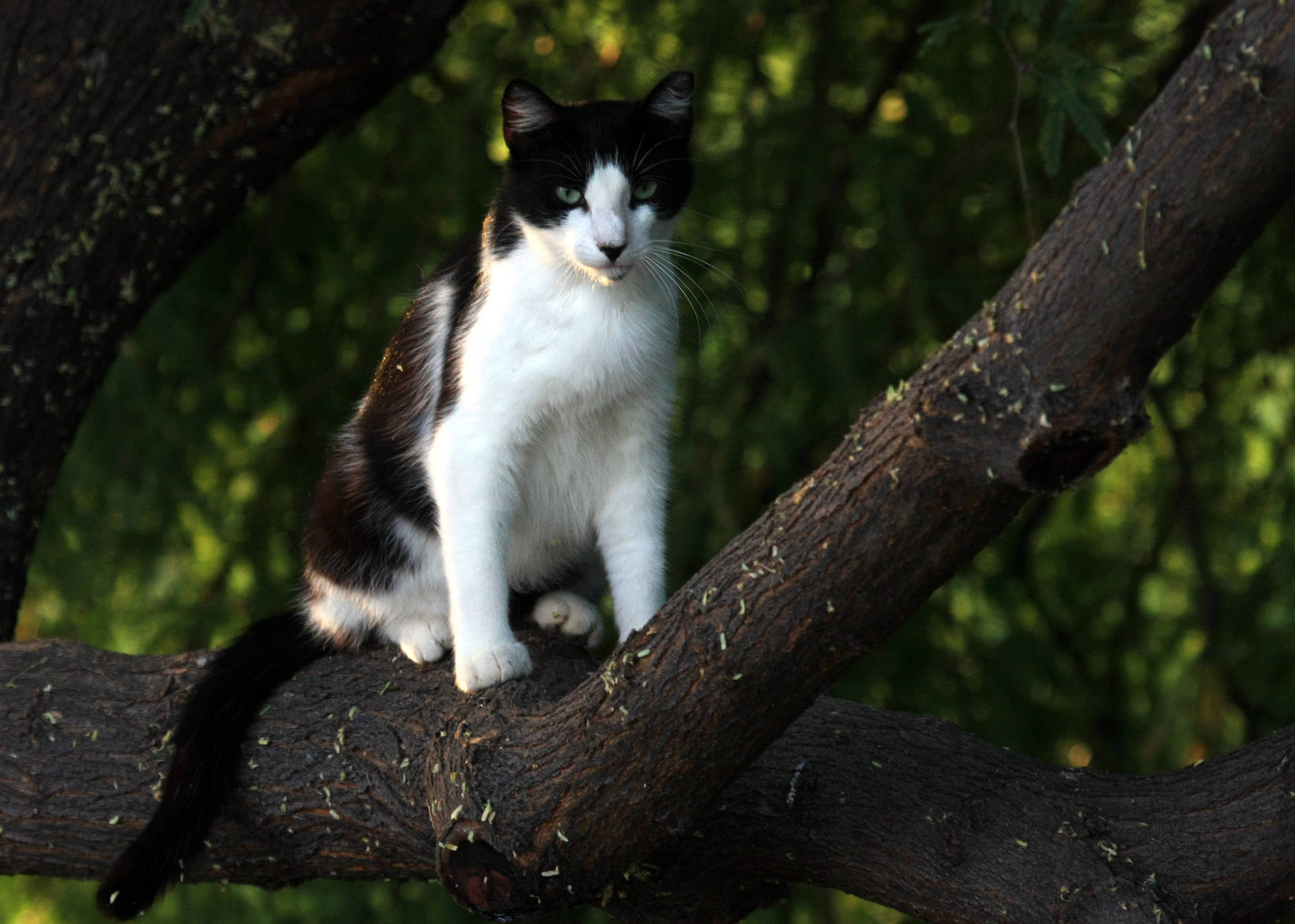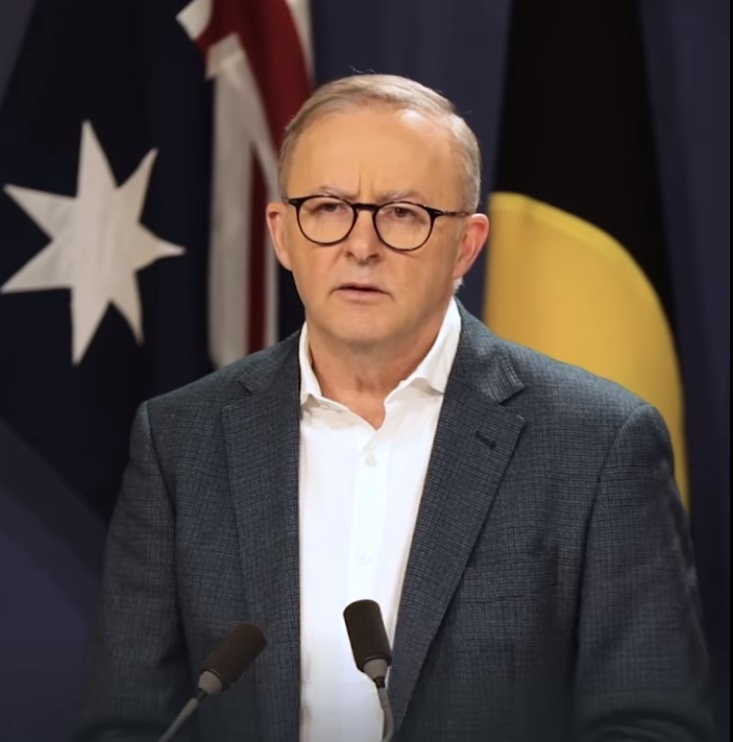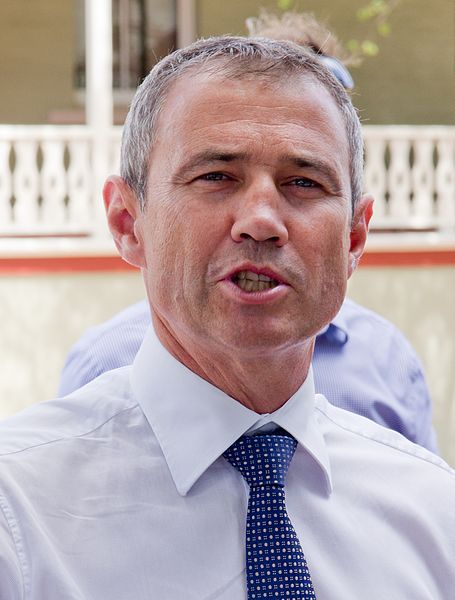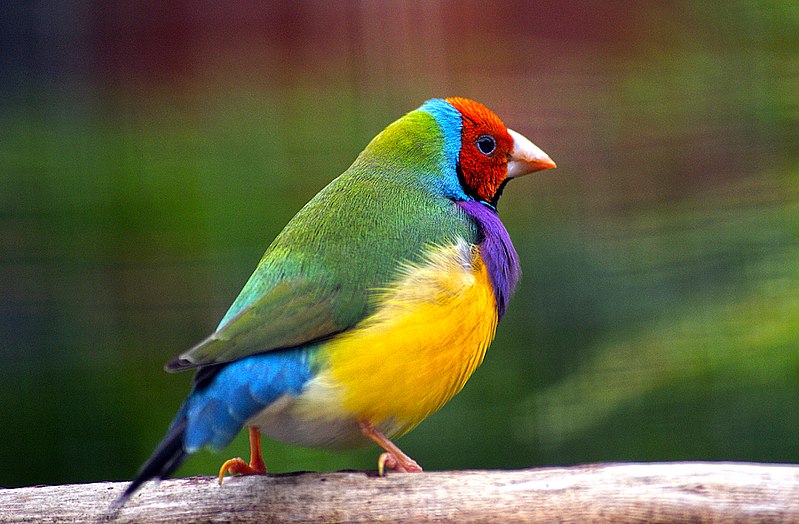Invasive species are wrecking havoc across the world’s eco systems but their impact is felt harder in Indigenous Protected Areas.
Last week the Intergovernmental Science-Policy Platform on Biodiversity and Ecosystem Services released a report detailing the impacts invasive species are having on the world’s eco systems.
The study found that introduced pests are costing the global economy $423 billion a year and Indigenous communities are the most effected.
Speaking to NIRS News, Yuin man and Chief Councillor of the Biodiversity Council Jack Pascoe outlined the immediate threat Indigenous protected areas around the country are facing.
“One of the take homes from the report is that Indigenous people are disproportionately affected by the impact of invasive alien species, especially mobs who are relying on country for food and medicine and things like that.
Definitely Indigenous people and Indigenous managed lands have a vested interest in insuring these pests are picked up.”
He says introduced predators like feral cats and foxes are having a profound impact on Australia’s ecosystems.
“There is quite a bit of evidence to suggest our native fauna are quite naïve to how those animals hunt so therefore those impacts are disproportionate.”
Feral cats have also been the target of a recently announced national action plan designed to reduce populations across the country.
The invasive species council says there are 1.9-5.9 million feral cats across the country and Federal Environment Minister Tanya Plibersek says estimations suggest they are killing 2 billion animals a year.
YMAC Nyangumarta Rangers IPA Coordinator Jacob Loughridge has told NIRS News the pests are targeting native animals.
“They have a big impact on threatened species, for us it would be bilbies in Nyangumarta country, possums, Northern Quolls even Black-Flanked Rock Wallabies, so those culturally important species and all of the other animals that they eat every day that they’re around on country.”
Image Credit: seabamirum





